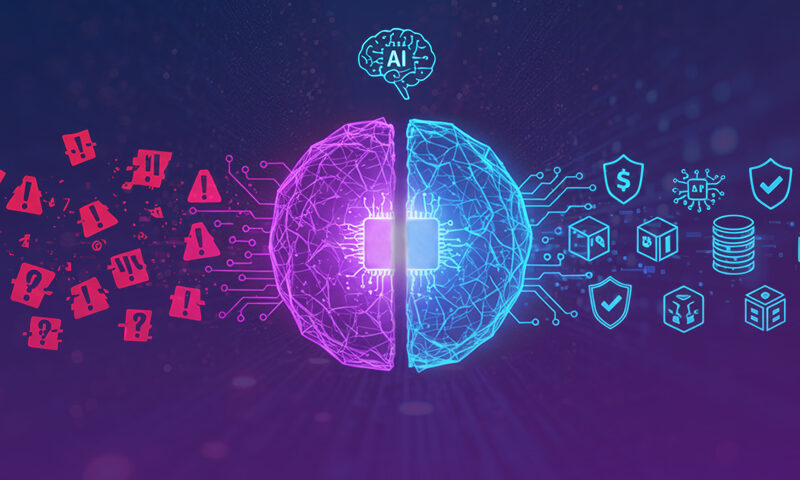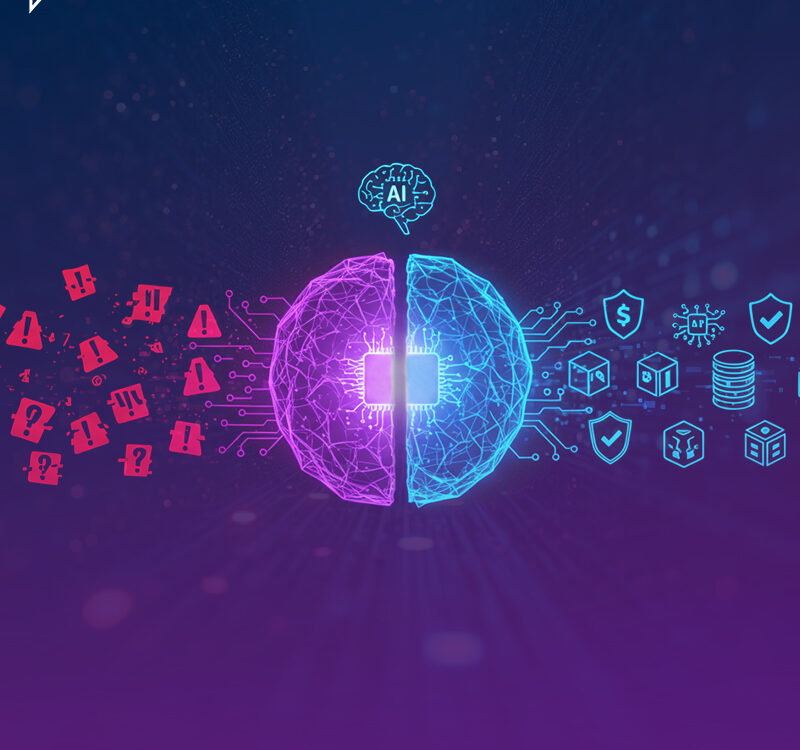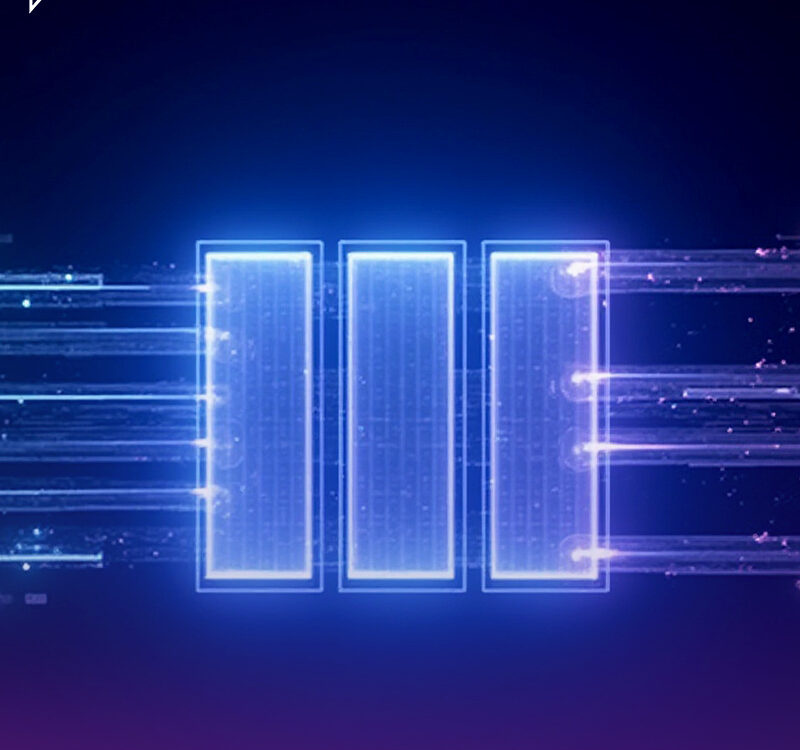
Reprogramming the SOC: How Agentic AI Redefines the L1 Role
June 2, 2025
Why the Modern SOC No Longer Needs L1 Analysts
June 5, 2025
Reprogramming the SOC: How Agentic AI Redefines the L1 Role
June 2, 2025
Why the Modern SOC No Longer Needs L1 Analysts
June 5, 2025Table of contents
- Introduction
- The Cracks in the L1 Role
- The Problem with Manual Decision Trees
- What Are Intelligent Agents?
- Why Intelligent Agents Outperform L1 Analysts
- The Agentic Mesh: Moving from Linear to Collaborative SOCs
- Real-World Applications of Intelligent Agents in SOCs
- Transitioning from Human-Driven to Agent-Driven SOCs
- The Role of SIRP in the Agentic Shift
- Conclusion: The L1 Era Is Over. Intelligence Wins.
Introduction
"In the middle of every difficulty lies opportunity."
Albert Einstein
Every day, a Security Operations Center (SOC) analyst faces nearly 11,000 security alerts-yet only a tiny fraction represent real threats. With this volume, it’s no wonder that false positives account for over 45% of a SOC’s time, and L1 analysts-the first line of defense-are burning out.
The traditional L1 role was never built for this scale. Manual triage, static playbooks, and repetitive tasks leave too much room for delay and inconsistency. Worse, the growing talent shortage means many organizations struggle to fill and retain L1 seats, creating security gaps that attackers exploit.
But a shift is happening. Intelligent agents-AI-driven decision-makers-are taking over repetitive L1 tasks with speed, accuracy, and real-time adaptability. They don’t just follow rules-they reason, learn, and collaborate. In this blog, we explore why the L1 role is no longer viable, and how intelligent agents-especially when operating within an Agentic Mesh-are building a new, autonomous foundation for modern cybersecurity operations.
The Cracks in the L1 Role
L1 analysts were once the backbone of SOCs, responsible for:
- Initial triage
- Alert enrichment
- Escalation of potential threats
But this setup now struggles under:
- Alert Overload: Thousands of daily alerts per analyst
- Talent Shortage: Constant hiring, training, and burnout cycles
- Manual Gaps: Inconsistent triage and delayed response
- Cost Inefficiency: Highly repetitive work that drains budgets
The L1 role hasn’t evolved with the threat landscape-and it’s holding SOCs back.
The Problem with Manual Decision Trees
Most L1 workflows are driven by playbooks that follow static logic:
- IF alert severity is high AND IP is external THEN escalate
But attackers are dynamic. Context matters. Manual decision trees:
- Fail to capture nuance (e.g., business context or asset value)
- Require constant updates
- Don’t scale
- Lead to false positives and missed threats
Security needs judgment, not just checkboxes.
What Are Intelligent Agents?
Intelligent agents are AI-driven software components that:
- Observe their environment (alert data, threat intel, asset context)
- Reason using real-time and historical inputs
- Take autonomous actions or provide enriched decisions
These agents operate continuously, learn from outcomes, and collaborate with each other in real time. Unlike simple automation bots, intelligent agents:
- Understand context
- Adapt with new data
- Scale instantly
- Offer audit trails and explainability
Why Intelligent Agents Outperform L1 Analysts
|
Task |
L1 Analyst |
Intelligent Agent |
|
Triage Speed |
Minutes |
Seconds |
|
Consistency |
Varies by analyst |
Standardized decisions |
|
Context Awareness |
Requires manual lookup |
Integrated natively |
|
Learning & Improvement |
Static skills |
Continuous feedback loops |
|
Cost Efficiency |
High (salaries, churn) |
Fixed operational cost |
Simply put, intelligent agents don’t sleep, don’t forget, and don’t burn out.
The Agentic Mesh: Moving from Linear to Collaborative SOCs
Platforms like SIRP have taken the agentic approach further by enabling a mesh of AI agents. Each agent performs specialized functions:
- Triage agent: Ingests alerts and applies contextual scoring
- Correlation agent: Links incidents to previous attack chains
- Enrichment agent: Pulls intelligence from internal and external sources
- Remediation agent: Suggests and validates response actions
Instead of linear escalation, these agents work in parallel-sharing context, risk scores, and threat likelihoods to produce faster, smarter decisions.
Real-World Applications of Intelligent Agents in SOCs
Use Case 1: Phishing Detection
- Traditional: L1 analyst checks email headers and URLs manually
- Agentic: Agent reviews sender behavior, threat intel, user risk score, and delivers an instant recommendation
Use Case 2: Lateral Movement Detection
- Traditional: Correlating login anomalies across systems takes hours
- Agentic: Agents cross-reference access logs, endpoint data, and behavioral anomalies in seconds
Use Case 3: Malware Alert Handling
- Traditional: Sandbox, analyze, escalate
- Agentic: Agent leverages global threat intel, MITRE mappings, and containment rules autonomously
Transitioning from Human-Driven to Agent-Driven SOCs
To adopt intelligent agents, SOCs should:
- Audit L1 Workflows: Identify high-volume, repetitive tasks
- Deploy in Parallel: Run AI agents alongside human teams for validation
- Train & Fine-Tune: Use analyst feedback to refine decisions
- Build Confidence: Let agents lead simple decisions first, scale over time
This isn’t a rip-and-replace-it’s an evolution.
The Role of SIRP in the Agentic Shift
SIRP is built around the concept of the Agentic Mesh, where AI agents aren’t just tools-they’re teammates.
With AI analyst Sara, SIRP enables:
- 90%+ reduction in L1 workload
- Instant triage and enrichment
- Autoremediation guided by SOC-approved runbooks
Sara doesn’t just follow instructions-she reasons, correlates, and adapts based on live telemetry and enterprise risk posture.
The result? A leaner, smarter SOC that scales without hiring.
Conclusion: The L1 Era Is Over. Intelligence Wins.
The L1 analyst layer was built for a different time. Today’s SOCs need to be proactive, adaptive, and efficient. Intelligent agents don’t just reduce cost-they enable a fundamentally better way of operating.
As platforms like SIRP make intelligent agents accessible, the smartest SOCs won’t be the ones with the biggest headcount-they’ll be the ones with the smartest systems.
Ready to redesign your SOC with intelligence at the core? [Book a Demo with SIRP] and meet your new AI-powered analyst.




